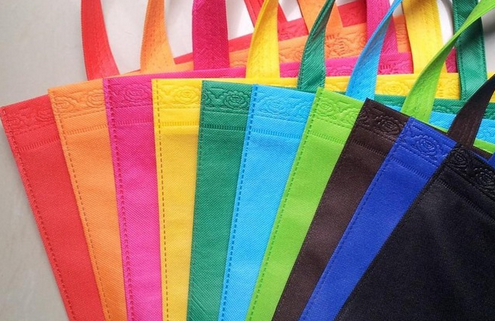This has been a lovely, idle, summer holiday. To be honest, you could replace ‘idle’ with ‘utterly slack’, and not be far off. I’ve read books, gone to the beach (twice already this year, which is impressive given that it’s an hour’s drive each way), played with my cats, and barely checked my email. It’s been wonderfully relaxing.
The regular household chores have continued to be done though – pot plants watered, kitty litter cleaned, the chickens and the guinea fowl fed. The guinea fowl are hardly keets any more at all, they’re almost completely feathered out. We did put up their run (a dog run, bought off of ebay, with a coop inside it) just before Christmas, so they’ve been outdoors for just over two weeks now. The run is still enclosed, with a heavy duty bird net over the top to keep them in; at the end of Jan they’ll theoretically be accustimed to their run as “home” and we’ll take the lid off so they can range around and eat bugs. Hopefully they come back at night, so we can lock them in the coop, safe from foxes. Haven’t done this before, so we’ll see how we go.
We put a few trees in the ground, even though it’s the height of summer and not an ideal time for planting. I decided that they’d have a better shot in the ground where their roots could stay cool, rather than in pots. So, two fig trees have gone in, and the Fuyu persimmon and D’Agen plum that I got for my birthday, as well as a dozen young jacarandas along the driveway, and a couple’ve the bigger frangipanis. We’re hand watering them every day, and so far they’re responding well. The jacarandas have grown substantially in the month they’re been in the ground, and two of the frangipanis are flowering. The lemon trees which the grasshoppers had scourged are putting out new growth, and we’ve sprayed them thoroughly to keep the new growth from being eaten. In spite of the heat, all the trees are doing really well.
The other thing I’ve been doing over the last few days is re-potting all the baby trees. I counted, and I have 176 seedlings and saplings which needed to be in larger pots so they can grow over summer and go into the ground either this autumn or next autumn at the start of the rainy season. Soil for that many pots is a bit problematic, but we’re going with a mix of compost and rehydrated coir fibre blocks. The bigger problem was pots. 176 plants, and I already had around 50 pots large enough to re-use.
Anyone who’s done much gardening will know the pain which your wallet feels just at the idea of buying more pots. Even for the not-amazing black plastic ones which break down in the sun and start to crack after one summer aren’t actually cheap when you’re looking at large ones (5 – 10 L capacity). The minimum I could find was $4 per pot, which adds up when you’re in the market for 130 pots. On the other hand, I thought, 130 pots is a valid bulk order. Smallish for a wholesale purchase, but still. So off I went to Aliexpress and Alibaba. Where I found that unless I wanted to order 2000 of them, the pots still cost about $4 each. Go figure.
After a small grumble to myself about the maturity of 3D printing technology, which would sort this kind of issue out completely, I went looking for alternatives.
 My solution, in the end, was grow bags. Not custom made-to-purpose grow bags, because those are (weirdly) even more expensive than plastic pots, but re-purposed polypropylene shopping bags. If ordered in bulk form Aliexpress, they cost anywhere between $0.30 and $1.50 each, in lots of 30 – 100. Perfect. They arrived within 2 weeks of ordering (Aliexpress has actually been really good with just about everything I’ve bought there, I thoroughly recommend it if you want anything made in a factory in China or Korea).
My solution, in the end, was grow bags. Not custom made-to-purpose grow bags, because those are (weirdly) even more expensive than plastic pots, but re-purposed polypropylene shopping bags. If ordered in bulk form Aliexpress, they cost anywhere between $0.30 and $1.50 each, in lots of 30 – 100. Perfect. They arrived within 2 weeks of ordering (Aliexpress has actually been really good with just about everything I’ve bought there, I thoroughly recommend it if you want anything made in a factory in China or Korea).
So I’ve been potting up my honey locust, guava, blue lilly pilly, apple, paulownia, sweetgum, and jacaranda seedlings into the bags. It has only been a couple’ve days, but they look good so far. And there will be more; I’m collecting the seeds from every delicious fruit that I eat and trying to propagate them – peaches, plums, nectarines, apricots, mangos, oranges, apples, pears, everything. The polyembryonic ones will probably grow true to type, but the others have a lot of potential too. After this much time domesticated, most of our fruit tree species don’t have the genes for inedible fruit any more; the worst you’ll get is something unexciting, or closer to the wild type (e.g. a crab-apple-ish apple, or a small, sloe-like plum). Some of the best varieties we have were chance seedlings grown in someone’s back yard.